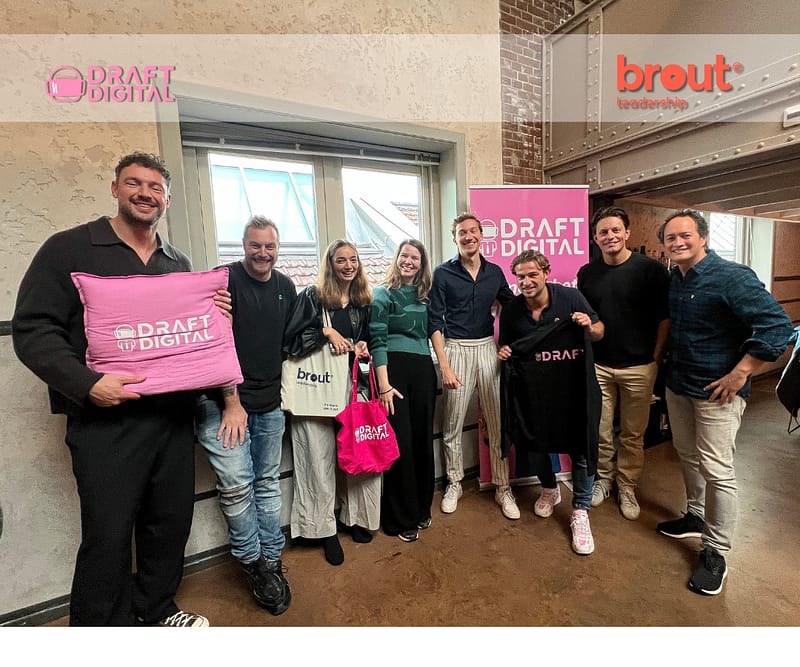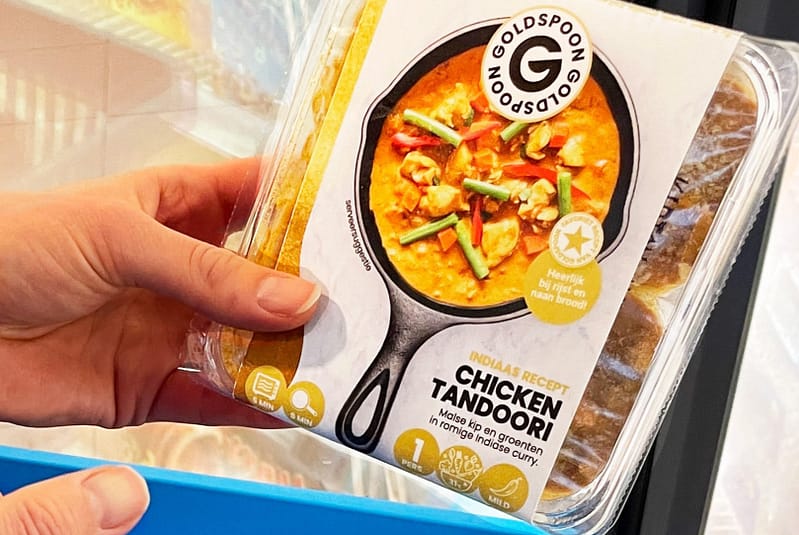The Power of Quality in Programmatic Advertising
Programmatic advertising has become an essential part of the digital landscape, but the way it’s purchased is constantly evolving. In the past, it was common to have precise measurement of everything, but this is becoming increasingly difficult. That’s why it’s important to consider the different tactics used by traders. Essentially, there are two types of traders, and the best trader sits somewhere in the middle. The first type lets the algorithm do most of the work and buys broadly. Their focus is on quantity, allowing the algorithm to independently optimize for quality. The other type focuses more on qualitative inventory and aims to create impact, although they still rely on algorithms from DSPs like Google or Adform.
In this blog, we’ll explore why quality-driven buying is becoming increasingly important in programmatic advertising and why relying solely on algorithmic automation is facing more limitations.
Programmatic Advertising Is Changing
Due to trends such as tracking, fraud, and attention, programmatic advertising is evolving rapidly. We highlight three key trends driving the growing importance of quality.
The Programmatic Advertising Algorithm
Tools like Google and Meta have powerful algorithms, but often they optimize for non-incremental conversions, conversions that would likely have happened anyway. While this may increase conversions at the channel level, it overlooks the true impact of ads on consumer behavior.
Measuring incremental impact, the difference your ads actually make beyond natural behavior, is essential. This can be done through Geo Experiments or Conversion Lift Studies. Regularly test to ensure your budget is well spent.
Challenges in Measuring Conversions
Conversion tracking is becoming more difficult as third-party cookies disappear. These cookies traditionally tracked user behavior to attribute conversions to ads. With growing privacy concerns, third-party cookies are increasingly restricted, forcing advertisers to shift focus toward alternative measurement methods. This shift highlights the importance of prioritizing qualitative aspects over purely quantitative metrics.
Traders who buy broadly and focus on volume will struggle to optimize post-view values, especially since click-through rates (CTR) often fall below 1%. Relying solely on click conversions means much of your media buying goes unassessed, reducing effectiveness. Start focusing on quality early and make informed inventory choices.
Traders who buy broadly and focus on volume will struggle to optimize post-view values, especially since click-through rates (CTR) often fall below 1%. Relying solely on click conversions means much of your media buying goes unassessed, reducing effectiveness. Start focusing on quality early and make informed inventory choices. Google and other DSPs will offer solutions, but it’s increasingly difficult to measure some conversion values accurately, especially on Apple devices and browsers like Safari and Firefox. Ultimately, this is about respecting user privacy.
The Importance of Standing Out in the Ad Overload
Consumers face a flood of ads daily across various platforms and channels. Capturing and holding attention is harder than ever. It’s crucial to stand out by delivering relevant, high-quality ads that make a lasting impression, even if not immediately through click conversions but via brand KPIs. Examples include:
- Relevance and Engagement: Quality ads that align with audience interests grab attention and drive engagement. With people seeing nearly 300 ads daily on average, standing out is vital.
- Building Brand Equity: Consistent, engaging, and relevant ads help build a positive brand image. Use distinctive brand assets so creative efforts compound.
- Effective Budget Allocation: Focusing on quality lets advertisers allocate budgets more efficiently, avoiding waste on ineffective ads, such as fraudulent impressions. You don’t want to be caught paying for those.
How to Get Started
Quantity-driven buying often results from difficulty setting the right KPIs. How do you know if impression A is better than B? Since DSPs allow limited KPIs, many focus on CPM, Viewability, CTR, CPC, GA metrics, or CPA (post-view), which don’t fully capture quality. This makes cheap, broad inventory appear better than high-quality inventory.
In DSPs like Google DV360, Xandr, or Adform, you can increasingly gain insights into impression quality. However, third-party tools like DoubleVerify, MOAT, Lumen, and IAS excel here. These providers have long valued impressions by metrics like Authentic Attention and Attentive Seconds, and they help reduce fraud, which remains widespread. Fraud prevention alone can justify the investment in these tools.See this NOS.nl article. Just the fraud prevention benefits alone make these tools worth the investment.
Conclusion
In programmatic advertising, it’s tempting to chase quantity and maximize channel conversions. However, valuing the true quality of impressions is increasingly vital. Measuring incremental impact, tackling conversion measurement challenges, and striving for standout ads are key to ensuring quality in programmatic. Investing in relevant, high-quality ads enables advertisers to communicate more effectively and build lasting audience relationships.
Try to focus on attention metrics and check if you can correlate them to increased conversions before cookies disappear. It’s crucial to know that your optimizations impact your revenue. Geo experiments are another way to gain this insight.
Want help selecting the right tool? get in touch with us .







